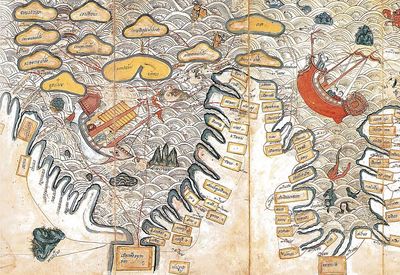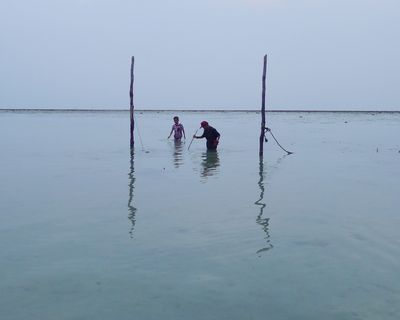Sea Region
Project for a Trinational Metropolis
In maritime cultures, the sea is sometimes seen and imagined as the land: the source of livelihood, the space of everyday life and connections among people, their activities and settlements, which all gravitate toward it as the centre. Archipelagic life and structures, such as the Malay world along the Straits of Malacca and the Straits of Singapore, have evolved around the sea and relied on collaborative exchange over water.
Once part of a unified sea region, disparities and differences today characterize the trinational space of Singapore, Johor, and Riau Archipelago. Despite the shared culture and history and high degree of economic synchronization, the three sides still lack common visions and approaches for cross-border urban development.
During the autumn of 2014, the Sea Region studio proposed territorial design strategies addressing nature protection, urban heritage, sea transport, aquaculture and public use of the coastlines. Together, they would lead to stronger metropolitan connections in the currently divided territory. The Singapore Strait, one of the world’s most intensely urbanized seas, has always been the lifeline of the region. The project aims to return the extraordinary sea of the Strait into the centre of the public discourse and imagination about the region’s future.
Fieldtrip and Field Research
Johor, Singapore, Batam
The studio will starts with a five-day fieldtrip into the region. Moving by land and by sea among the three countries, we will experience the region’s complexity and beauty. Interaction with collaborators on the three sides will offer multiple ways of looking at the region. The common field trip will be followed by a week of highly concentrated individual field investigations.
PROCESS AND RESULT
After the two intense weeks of field research, students will work on design project in groups of two. All projects will compose the vision of the Sea Region—the studio results in one collective work. The work will be represented in the form of drawings, a common book, and physical models.






